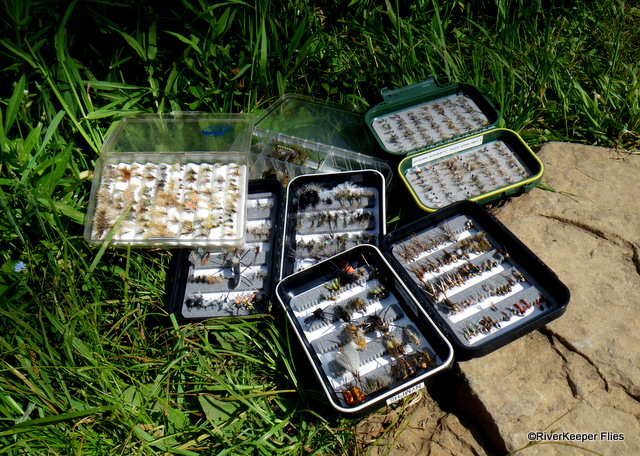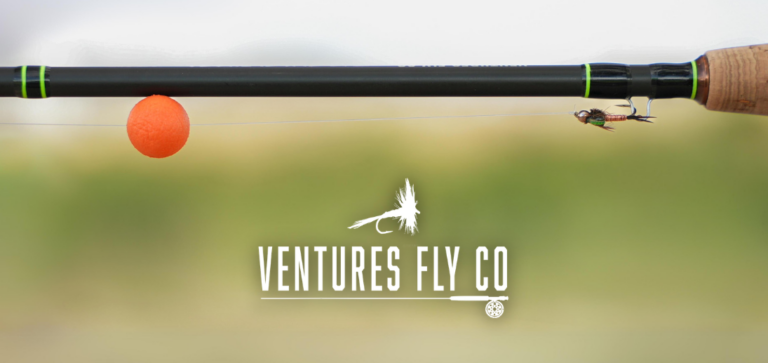From RiverKeeper Flies
If you fish long enough, at some point your fly boxes will wear out and need to be replaced. The question is what to replace them with? It’s something I dealt with recently and why I’m writing today about choosing a fly box.
In addition, it’s a good time of year to get your fly boxes out and perform a little maintenance. Remove your well used flies. Steam dry flies to refresh them. You’ll be amazed how this trick makes your flies look like new.
So the question is… what’s the best way to organise your fly box?
There isn’t any one answer to that question – it depends.
There are many ways to organize your fly boxes. Here are a few ideas:
- by season
- by insect hatches
- by style – dry, wet, nymph
- by hatches
- by river or lake
- by fly type – examples include PMDs, Green Drakes, caddis. terrestrials
- by insect phase – nymph, emerger, cripple, dry, spinner
- by pattern type – imitative, attractor, searching, impressionistic
- by size, color, and pattern
Once you’ve decided a strategy to use, I sort by type, size, and colour.
When choosing a fly box, here are some design characteristics I use:
- Fly box width – slim or wide depending on size of flies. Slim one for nymphs, wider boxes so dry fly wings aren’t crushed.
- Fly box length – I use longer boxes for large flies like the Salmonfly box above.
- Boxes with foam or silicone slots vs compartments.
- Magnetic boxes are effective to hold very small flies.
- Clear lids can help to easily view flies in the box.
- Securely keep closed with snaps or magnets.
Whichever fly box you choose, there are inherently trade-offs with each one.



